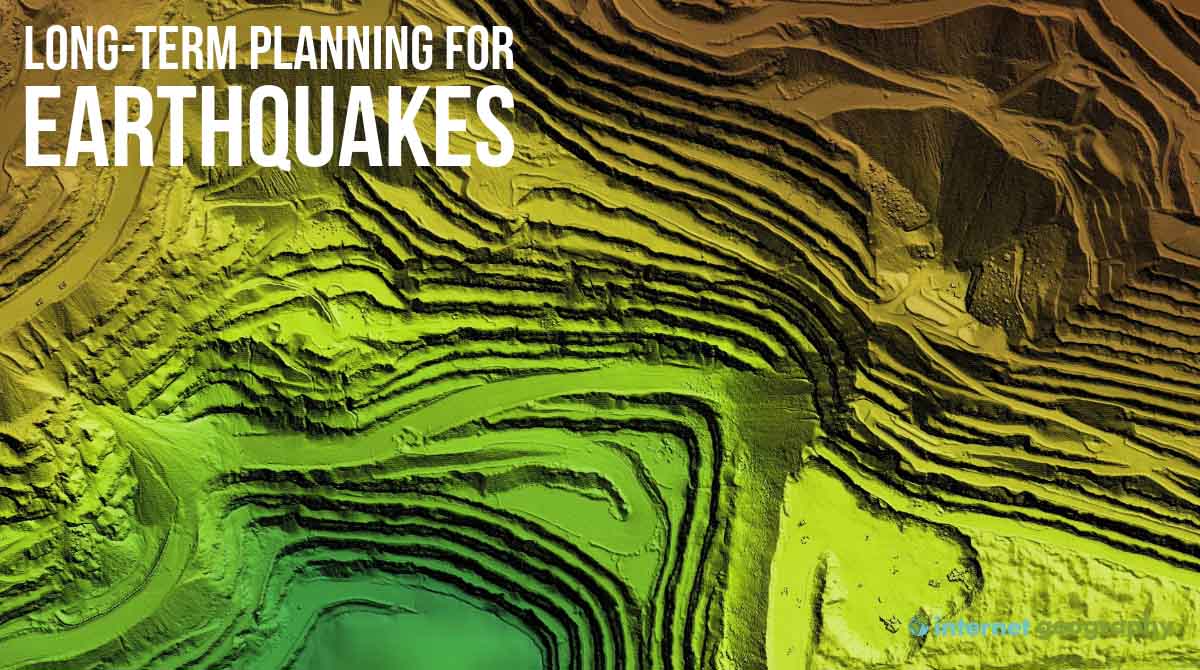Risk Assessment
Risk assessment involves determining the likelihood of a hazard event resulting in harmful consequences, such as deaths, injuries, or damage to property, the economy, and the environment. Many risks arise from people residing in unsafe housing near known fault lines. Nonetheless, earthquakes can also occur in regions where no fault lines have been previously identified.
In the twentieth century, earthquakes claimed about 1.5 million lives, and the number of people at risk continues to increase. Over one-third of the world’s largest and fastest-growing cities are in high earthquake-risk areas, suggesting that the issue will likely worsen.
Hazard Mapping
Hazard mapping identifies the areas most likely to experience earthquakes. Most earthquakes are strongly associated with the distribution of fault lines. For example, in the western USA, earthquakes predominantly follow a linear pattern along the San Andreas fault line. Despite this, predicting the exact timing of earthquakes remains challenging.
Rebuilding Programmes
Since it is impossible to prevent earthquakes, efforts focus on reducing the potential for death, injury, and damage by regulating construction in high-risk areas and using aseismic building designs.
Post-earthquake rebuilding efforts vary depending on the impact scale. For instance, after the Christchurch earthquakes, there was discussion about relocating and rebuilding the entire city, but this was deemed too costly, even for a wealthy nation.
In poorer countries, rebuilding often falls on the individuals affected. Extensive rebuilding was required after the 2010 Haiti and 2015 Nepal earthquakes, but the governments lacked the resources to undertake such projects. As a result, many families remain in temporary housing years after these disasters.
One strategy to enhance safety is retrofitting existing buildings to withstand earthquakes better. Engineers have developed various ‘safe house’ designs that perform better during earthquakes than traditional structures. These safe houses can be constructed inexpensively using materials like straw, adobe, and old tyres while adhering to a few basic principles, such as using small windows to reduce weak spots in walls. Compressed straw bales, when sandwiched between layers of plaster, can provide additional earthquake protection.

